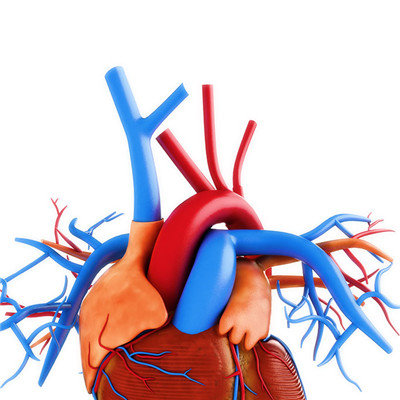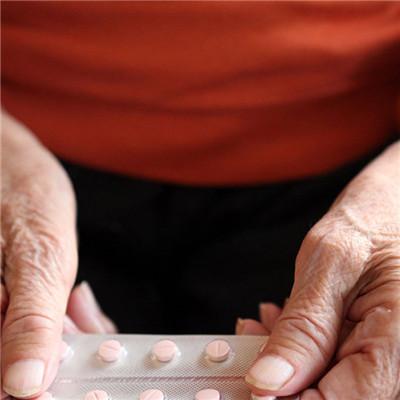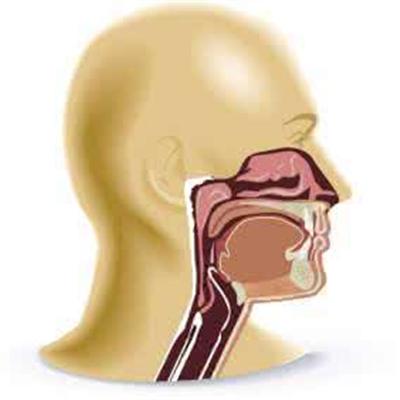Germ cell tumor symptoms?
summary
Germ cell tumor (GCT) is a tumor that occurs in or outside the gonad and is formed by the transformation of primordial germ cells or pluripotent embryo cells; At the fourth week of embryonic development, undifferentiated and non sexualized embryonic gonads could be seen in the yolk sac area. Then the primordial gonads migrated from the yolk sac to the reproductive ridge of the retroperitoneum. Under the guidance of sex chromosome information, they developed into ovaries or testicles and descended to the pelvic cavity and scrotum respectively. In this process, the primordial gonads could also undergo ectopic migration, such as migration to the pineal gland, testis, testis, etc Mediastinum, retroperitoneum, sacrococcygeal, etc. Germ cell tumor symptoms? Let's talk about it
Germ cell tumor symptoms?
Testis germ cell tumor: yolk sac tumor is the most common tumor. At the initial stage, painless mass can be felt in scrotum. It is often mistaken for scrotum edema. Gradually, tenderness may occur, and it is easy to metastasize to retroperitoneal lymph nodes, liver, lung, bone and other parts. Other symptoms may occur. Cryptorchidism boys have 10-50 times the probability of malignant testicular tumor as the general boys, so it should be treated in time to avoid turning into testicular tumor.

Sacral coccyx germ cell tumor: it is common in infants and young children. It can be seen at birth that the tumor is longer than the posterior gluteal region. Girls are more than boys, and most of them are benign teratomas. Constipation, bladder function and lower limb paralysis are common symptoms.

Other: germ cell tumors may also invade the vagina, uterus and other parts, causing abnormal vaginal bleeding. A small number of teratomas may occur in the throat, mouth, eye socket, cervical spine and other parts, which may cause respiratory tract obstruction.

matters needing attention
Surgical resection is the first choice for benign tumors, and any localized malignant tumors should also be completely removed as far as possible. If effective chemotherapy is feasible, advanced malignant tumors should not be removed at the cost of vital organs. Partial resection or only biopsy should be taken to determine the tissue type and guide the choice of chemotherapy Histologically mature teratoma), and then the second operation can achieve the best therapeutic effect.














